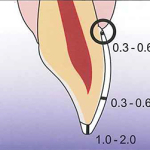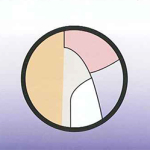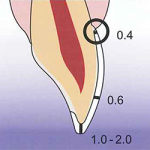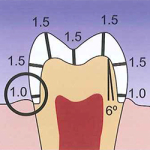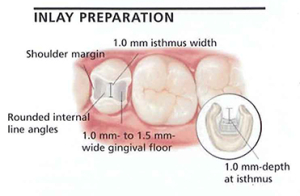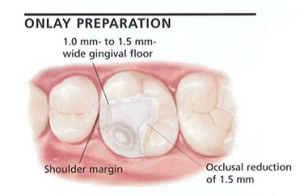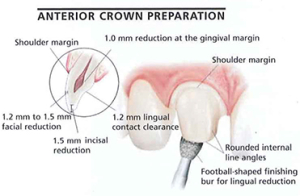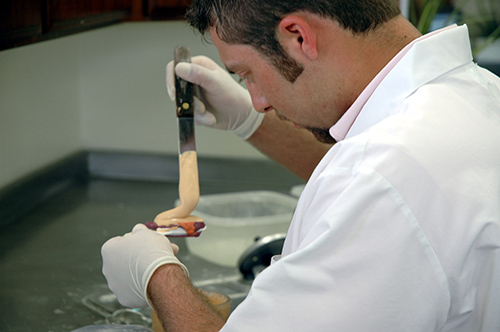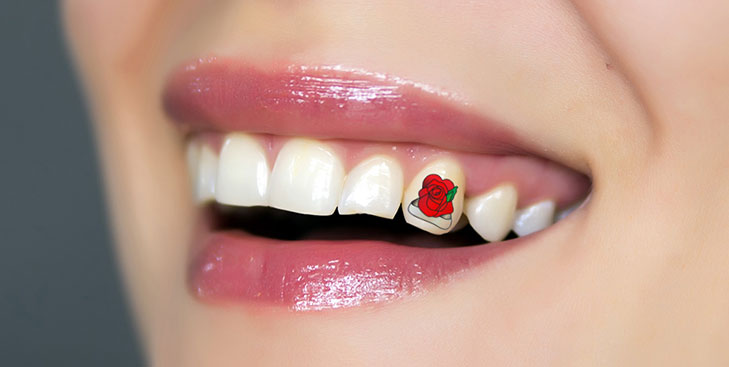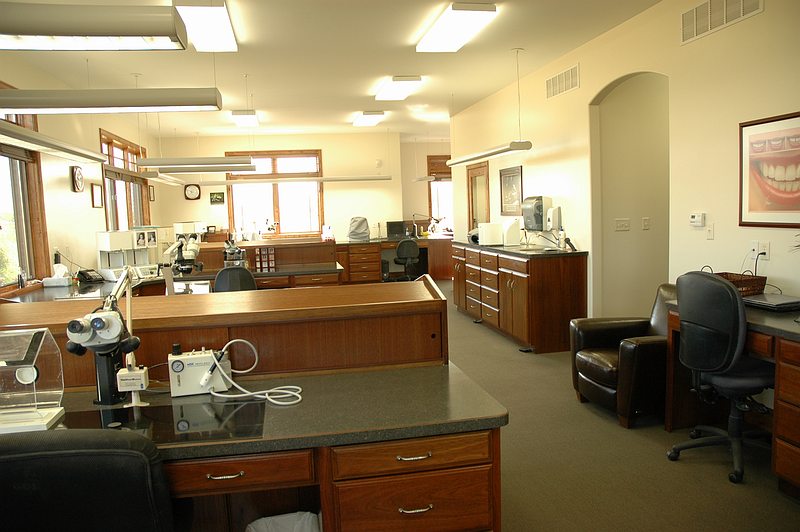When it comes to cosmetic dental lab services, one of the more popular choices for restorations is to go with an all ceramic solution.
At Treasure Dental we have a variety of options for this, but one of the long-standing favorites that dentists and patients alike seem to prefer is the IPS e.max Press Lithium Disilicate. This material is extremely versatile and can be used on Veneers, Thin Veneers, both Inlays and Onlays, and Full Contour Crowns.
As an all ceramic solution for cosmetic dentistry, the IPS e.max is metal-free and thus offers a more aesthetically pleasing result, while still maintaining superior strength to other restorative options. Please note however, that we highly recommend that the restorations be adhesively cemented for maximum strength and durability.
The widely known and adopted PRESS technique continues to be the preferred method for accurately fitting the restorations, and is synonymous with aesthetics.
IPS e.max PRESS are biocompatible lithium disilicate ignots, which meet the fit, form, and function standards expected from a press ceramic. Additionally, they offer greater flexural strength.
With optimized esthetic properties, these all-ceramic restorations offer the true-to-nature our patients are looking for when considering all of the cosmetic dentistry options.
Preparation Guides
In order to ensure the greatest success when working with the IPS e.max PRESS, the following guidelines should be observed.
Veneers
Whenever possible the preparation should be located in the enamel. The incisal preparation margins should not be located in the area of the abrasion surfaces or dynamic occlusal surfaces. You can also control enamel reduction by preparing orientation grooves with a depth marker.
For preparation involving reduction of the incisal edge (labial/incisal reduction), the preparation depth in the cervical and labial area should be a minimum of 0.6 mm. The incisal edge must be reduced by 1.0 mm. the desired translucency of the incisal are to be built up will determine the actual extent of the incisal reduction.
Crowns
Evenly reduce the anatomical shape and observe the stipulated minimum thickness. Prepare a circular shoulder with rounded inner edges or chamfer with an angle of approximately 10-30. The width of the circular shoulder/chamfer is approximately 1 mm. Reduction of the crown third – incisal or occlusal areas – by approximately 1.5 mm. For anterior crowns the labial and palatal/lingual part of the tooth should be reduced by approximately 1.2 mm.
If you have any questions regarding the IPS e.max PRESS or any other cosmetic dentistry material, please don’t hesitate to contact us at any time.

